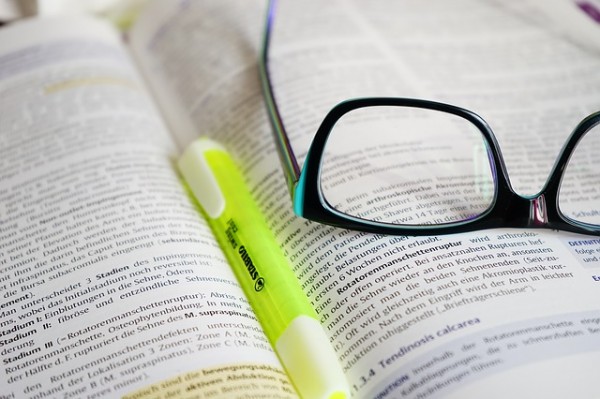Staying in School May Boost Risk of Eye Impairments

Staying in school may increase the risk of eye problems, a new study suggests.
German scientists found that myopia or nearsightedness were more likely to stay in school and attain higher education.
Researchers said the latest study is the first to show in a population sample that nurture may trump nature when it comes to the development of myopia.
Recent statistics show that myopia is becoming increasingly more prevalent worldwide. This is worrying because higher myopia rates may mean more global health and economic troubles. Statistics show that roughly 42 percent of Americans and up to 80 percent of people in some developed Asian countries suffer nearsightedness. Researchers said this rapidly growing rate suggests that environmental factors can significantly influence the risk of visual impairment.
The latest findings are concerning as people with severe myopia are more likely to suffer retinal detachment, myopic macular degeneration, premature cataracts and glaucoma.
Previous studies have linked the condition to work, outdoor activity, education and urban environments.
The latest study involved 4,658 Germans between the ages of 35 and 74. People with cataracts or who had undergone refractive surgery were excluded from the study.
The findings revealed that nearsightedness increased with education level. For example, 24 percent of participants of participants with no high school education or other training were nearsighted. However, 35 percent of high school and vocational school graduates and 53 percent of university graduates suffered myopia.
"Since students appear to be at a higher risk of nearsightedness, it makes sense to encourage them to spend more time outdoors as a precaution," lead researcher Dr. Alireza Mirshahi, said in a news release.
The findings were published in the journal Ophthalmology.
Jun 26, 2014 09:22 PM EDT





